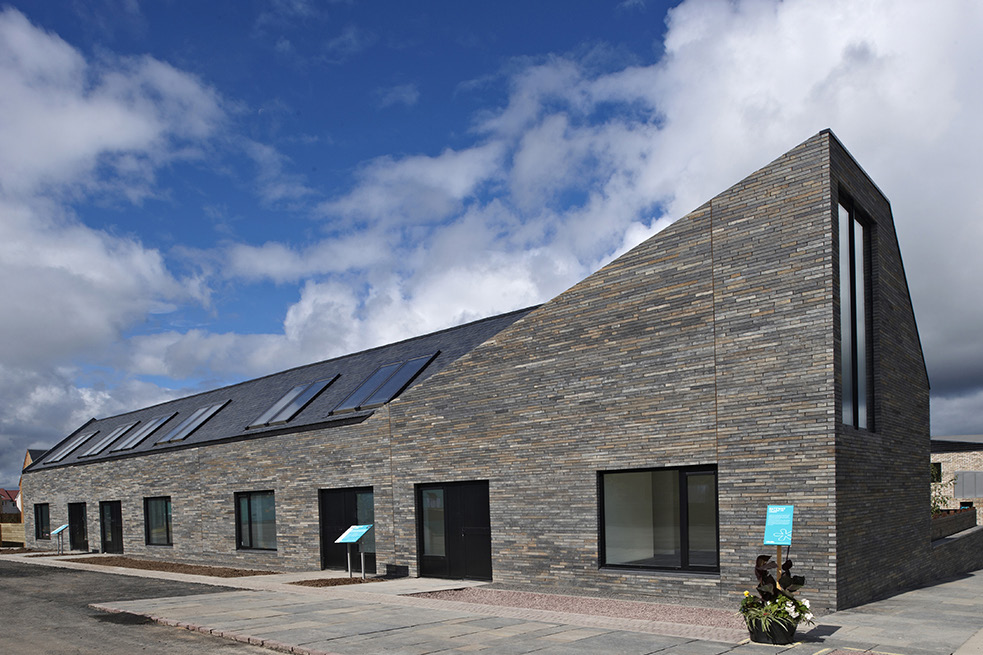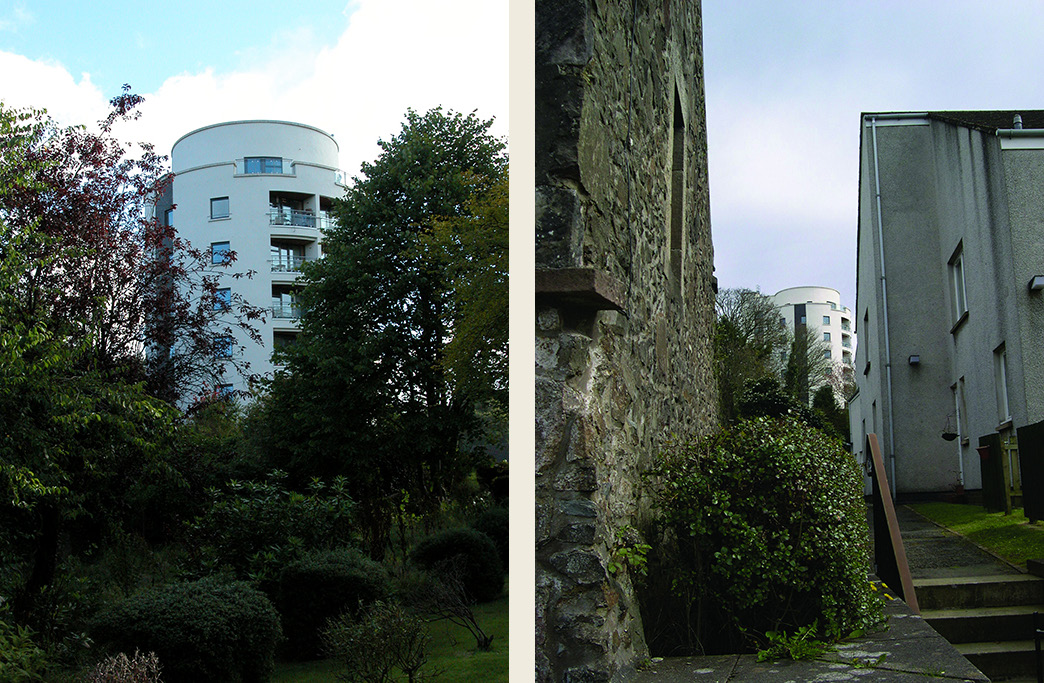Housing typology: towers, corners and markers
Learn about towers, corners and markers and their roles.

This piece explores towers, corners and markers through built examples.
Illustrated by mapping, photography and scale drawings, our aim is to show the link between design of the house and the place of which it forms a part.
The case study:
- defines towers, corners and markers
- looks at their various roles
- explores built examples in Rothesay, Craigmillar, and Inverness
What are towers, corners and markers?
From the tower house to craggy skylines and the Kirk, built form in Scotland includes many landmark buildings. They respond imaginatively to the quirks of Scottish topography and visual context.
Roles of towers, corners and markers
The success of this form can be attributed to some of the useful roles it plays. For example, towers, corners and markers:
- facilitate development of unusual or complex sites
- strengthen a sense of place
- reinforce local history and memory

A’Chrannag, Rothesay
A local landmark that responds positively to a visually prominent location with a re-interpretation of the Scottish towerhouse. This is both responsive to context and an efficient building form. Find other examples in the full case study, linked below.
Image credit: Andrew Lee
Header image credit: AREA
Explore more housing typologies
Our housing typology series illustrates where designers have sought to reconcile contemporary living with the wider roles of the individual house integral to placemaking. Through built examples, from East Ayrshire to the Shetland Islands, we explore the terrace, topographic and climate responses, adaptables, and more.
